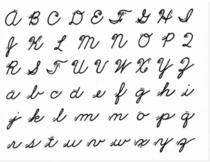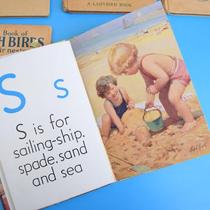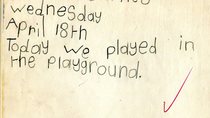A while back I was horrified to see my grandson's handwriting which was illegible! Apparently instead of teaching them the letters of the alphabet separately they have tails on the front and back so they find it easier to do 'joined up' handwriting.
They say this helps them join up their handwriting more quickly and easily. I just hope so because it looks a flippin' mess to me. Anyone got any feedback on this?
Good Morning Saturday 20th April 2024
Estranged Son and Future Granddaughter
To think that London, or anywhere else for that matter, does not belong to any one demographic






